Note to the Reader
Copper Canyon Press encourages you to calibrate your settings by using the line of characters below, which optimizes the line length and character size:
Lorem ipsum dolor sit amet, consectetur adipiscing
Please take the time to adjust the size of the text on your viewer so that the line of characters above appears on one line, if possible.
When this text appears on one line on your device, the resulting settings will most accurately reproduce the layout of the text on the page and the line length intended by the author. Viewing the title at a higher than optimal text size or on a device too small to accommodate the lines in the text will cause the reading experience to be altered considerably; single lines of some poems will be displayed as multiple lines of text. If this occurs, the turn of the line will be marked with a shallow indent.
Double-tapping on the Chinese poems will enlarge the image, if your device supports that feature.
Thank you. We hope you enjoy these poems.
This e-book edition was created through a special grant provided by the Paul G. Allen Family Foundation. Copper Canyon Press would like to thank Constellation Digital Services for their partnership in making this e-book possible.
for Ku Lien-chang


PREFACE TO THE REVISED EDITION

Since my translation of the Taoteching was first published in 1996, I have looked at it from time to time, and not only to track down a reference. Sometimes I have wondered why I translated something a certain way and if another rendering would not have been better. I am glad for any opportunity to revisit an earlier effort. In this case, the opportunity was provided by the discovery of another set of early copies of the text.
In 1993, three bundles of thin bamboo slats containing selections of Taoteching verses were unearthed in a tomb near the village of Kuotien/Guodian in Hupei province. The tomb belonged to the tutor of the crown prince of the ancient state of Chu, and the bundles were probably used for different levels of instruction. Since these newly discovered copies have been dated to 300 B.C., give or take a decade or two, they constitute by far our earliest version of the Taoteching, a hundred years earlier than those found at Mawangtui. However, unlike the Mawangtui copies, the Kuotien copies only include selections. They dont include the entire eighty-one-verse text, and they rarely include the entire text of the verses they quote. Sometimes, they quote no more than a line or two. Of course, it remains a point of contention, which I prefer not to address, whether they were part of a proto-Taoteching or whether they were merely selections from an already complete text. Still, their discovery has given us a whole new set of variants to consider. And they have given me the excuse to review what I liked about my previous translation and what I didnt like. No doubt, I will be just as ready to revisit this work again the next time another early copy is unearthed.
Red Pine
Autumn at the Gate, Year of the Ox
Port Townsend, Washington
INTRODUCTION TO THE 1996 EDITION

The Taoteching is at heart a simple book. Written at the end of the sixth century B.C. by a man called Lao-tzu, its a vision of what our lives would be like if we were more like the dark, new moon.
Lao-tzu teaches us that the dark can always become light and contains within itself the potential for growth and long life, while the light can only become dark and brings with it decay and early death. Lao-tzu chose long life. Thus, he chose the dark.
The word that Lao-tzu chose to represent this vision was Tao, But tao means road or way and doesnt appear to have anything to do with darkness. The character is made up of two graphs:
But tao means road or way and doesnt appear to have anything to do with darkness. The character is made up of two graphs:  (head) and
(head) and  (go). To make sense of how the character came to be constructed, early Chinese philologists concluded that head must mean the start of something and that the two graphs together show someone starting on a trip. But I find the explanation of a modern scholar of comparative religion, Tu Er-wei, more convincing. Professor Tu says the head in the character tao is the face of the moon. And the meaning of road comes from watching this disembodied face as it moves across the sky.
(go). To make sense of how the character came to be constructed, early Chinese philologists concluded that head must mean the start of something and that the two graphs together show someone starting on a trip. But I find the explanation of a modern scholar of comparative religion, Tu Er-wei, more convincing. Professor Tu says the head in the character tao is the face of the moon. And the meaning of road comes from watching this disembodied face as it moves across the sky.
Professor Tu also notes that tao shares a common linguistic heritage with words that mean moon or new moon in other cultures: Tibetans call the moon da-ua; the Miao, who now live in southwest China but who lived in the same state as Lao-tzu when he was alive, call it tao-tie; the ancient Egyptians called it thoth. Tu Er-wei could have added dar-sha, which means new moon in Sanskrit.
However, the heart of Tus thesis is not linguistic but textual, and based on references within the Taoteching. Lao-tzu says the Tao is between Heaven and Earth, its Heavens Gate, its empty but inexhaustible, it doesnt die, it waxes and wanes, its distant and dark, it doesnt try to be full, its the light that doesnt blind, it has thirty spokes and two thirteen-day (visible) phases, it can be strung like a bow or expand and contract like a bellows, it moves the other way (relative to the sun, it appears/rises later and later), its the great image, the hidden immortal, the crescent soul, the dark union, the dark womb, the dark beyond dark. If this isnt the moon, what is it?
Tu Er-wei has, I think, uncovered a deep and primitive layer of the Taoteching that has escaped the attention of other scholars. Of course, we cannot say for certain that Lao-tzu was consciously aware of the Taos association with the moon. But we have his images, and they are too often lunar to dismiss as accidental.
In associating the Tao with the moon, Lao-tzu was not alone. The symbol Taoists have used since ancient times to represent the Tao,  , shows the two conjoined phases of the moon. And how could they ignore such an obvious connection between its cycle of change and our own? Every month we watch the moon grow from nothing to a luminous disk that scatters the stars and pulls the tides within us all. The oceans feel it. The earth feels it. Plants and animals feel it. Humans also feel it, though it is women who seem to be most aware of it. In the Huangti Neiching, or Yellow Emperors Internal Book of Medicine, Chi Po explained this to the Yellow Emperor, When the moon begins to grow, blood and breath begin to surge. When the moon is completely full, blood and breath are at their fullest, tendons and muscles are at their strongest. When the moon is completely empty, tendons and muscles are at their weakest (8.26).
, shows the two conjoined phases of the moon. And how could they ignore such an obvious connection between its cycle of change and our own? Every month we watch the moon grow from nothing to a luminous disk that scatters the stars and pulls the tides within us all. The oceans feel it. The earth feels it. Plants and animals feel it. Humans also feel it, though it is women who seem to be most aware of it. In the Huangti Neiching, or Yellow Emperors Internal Book of Medicine, Chi Po explained this to the Yellow Emperor, When the moon begins to grow, blood and breath begin to surge. When the moon is completely full, blood and breath are at their fullest, tendons and muscles are at their strongest. When the moon is completely empty, tendons and muscles are at their weakest (8.26).

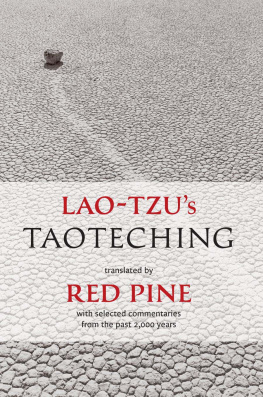
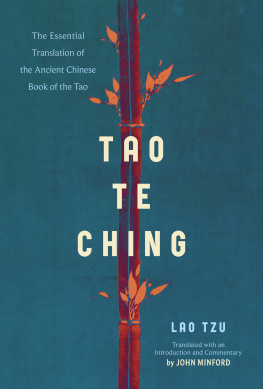

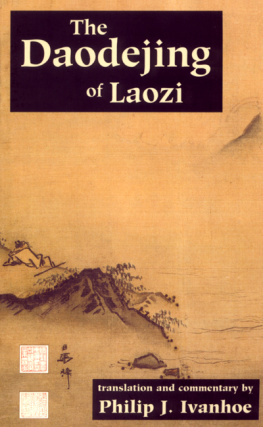
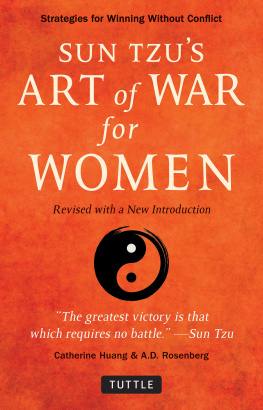
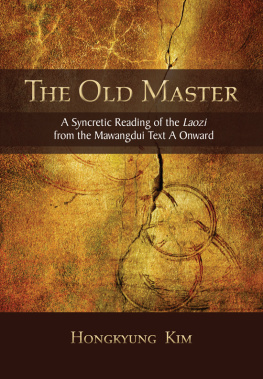
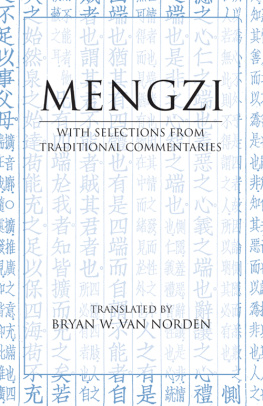
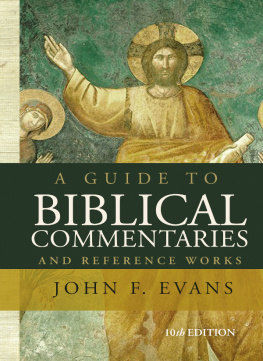

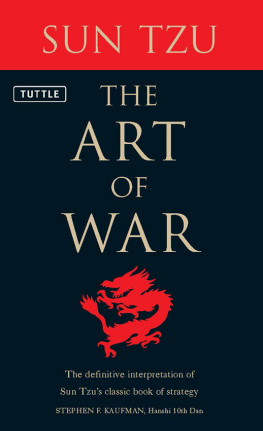





 But tao means road or way and doesnt appear to have anything to do with darkness. The character is made up of two graphs:
But tao means road or way and doesnt appear to have anything to do with darkness. The character is made up of two graphs:  (head) and
(head) and  (go). To make sense of how the character came to be constructed, early Chinese philologists concluded that head must mean the start of something and that the two graphs together show someone starting on a trip. But I find the explanation of a modern scholar of comparative religion, Tu Er-wei, more convincing. Professor Tu says the head in the character tao is the face of the moon. And the meaning of road comes from watching this disembodied face as it moves across the sky.
(go). To make sense of how the character came to be constructed, early Chinese philologists concluded that head must mean the start of something and that the two graphs together show someone starting on a trip. But I find the explanation of a modern scholar of comparative religion, Tu Er-wei, more convincing. Professor Tu says the head in the character tao is the face of the moon. And the meaning of road comes from watching this disembodied face as it moves across the sky. , shows the two conjoined phases of the moon. And how could they ignore such an obvious connection between its cycle of change and our own? Every month we watch the moon grow from nothing to a luminous disk that scatters the stars and pulls the tides within us all. The oceans feel it. The earth feels it. Plants and animals feel it. Humans also feel it, though it is women who seem to be most aware of it. In the Huangti Neiching, or Yellow Emperors Internal Book of Medicine, Chi Po explained this to the Yellow Emperor, When the moon begins to grow, blood and breath begin to surge. When the moon is completely full, blood and breath are at their fullest, tendons and muscles are at their strongest. When the moon is completely empty, tendons and muscles are at their weakest (8.26).
, shows the two conjoined phases of the moon. And how could they ignore such an obvious connection between its cycle of change and our own? Every month we watch the moon grow from nothing to a luminous disk that scatters the stars and pulls the tides within us all. The oceans feel it. The earth feels it. Plants and animals feel it. Humans also feel it, though it is women who seem to be most aware of it. In the Huangti Neiching, or Yellow Emperors Internal Book of Medicine, Chi Po explained this to the Yellow Emperor, When the moon begins to grow, blood and breath begin to surge. When the moon is completely full, blood and breath are at their fullest, tendons and muscles are at their strongest. When the moon is completely empty, tendons and muscles are at their weakest (8.26).